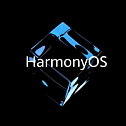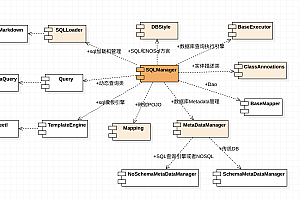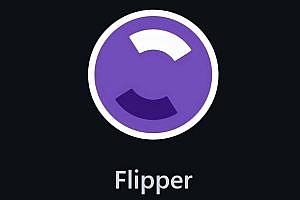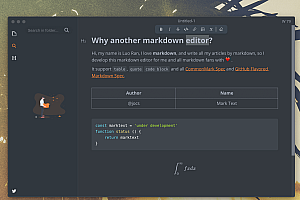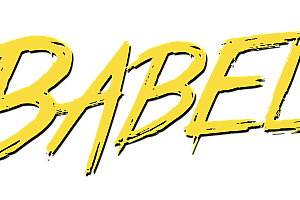The HarmonyOS tutorial is an open source tutorial for harmonyos application development.
The HarmonyOS-Tutorial is an open source tutorial on HarmonyOS application development that explains how to develop HarmonyOS applications from scratch. The book includes new features in the latest version of HarmonyOS 2.0. Full of illustrations and examples, it takes you closer to the world of HarmonyOS.
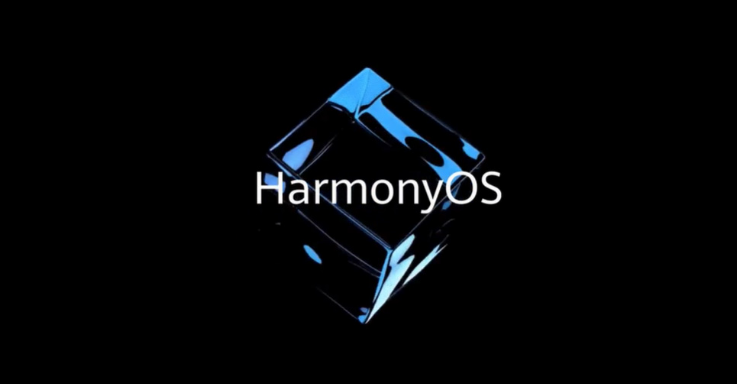
What is Hongmeng, OpenHarmony, HarmonyOS?
1. Hongmeng operating system
“Hongmeng Operating System” refers to the operating system of Huawei intelligent terminal. “Hongmeng Operating System” has the following characteristics:
First, a set of operating system can meet the requirements of large and small devices, achieve a unified OS, flexible deployment;
Second, the devices equipped with the operating system are integrated at the system level to form a hyperterminal, so that the hardware capability of the device can be flexibly expanded, and hardware mutual assistance and resource sharing between devices are realized.
The third is for developers, to achieve a development, multi-end deployment.
2. OpenHarmony
OpenHarmony is an open source project, by the open atoms open source foundation (https://www.openatom.org/). The Open Atom Foundation was jointly established by ten Internet companies, including Huawei, Alibaba, Tencent, Baidu, Xiaomi, Inspur, China Merchants Bank, 360, OPPO and VIVO.
The OpenHarmony Open source project consists of two main parts:
First, the basic capabilities of “Hongmeng Operating System” donated by Huawei;
The second is the contribution of other participants.
Therefore, OpenHarmony’s core contribution is still in Huawei. OpenHarmony is the base of the “Hongmeng Operating System”.
3. HarmonyOS
HarmonyOS is the “Hongmeng Operating system”, or simply “Hongmeng OS” is a commercial version based on OpenHarmony, AOSP and other open source projects.
Here are some things to note:
One is that HarmonyOS is not an open source project, but a commercial version.
HarmonyOS phones and tablets can run Android because HarmonyOS implements the existing Android ecosystem application (AOSP).
4. Hongmeng Ecology
The ecosystem includes OpenHarmony and HarmonyOS, as well as development tools and surrounding libraries. When we say “Hongmeng”, maybe we mean Hongmeng ecology.
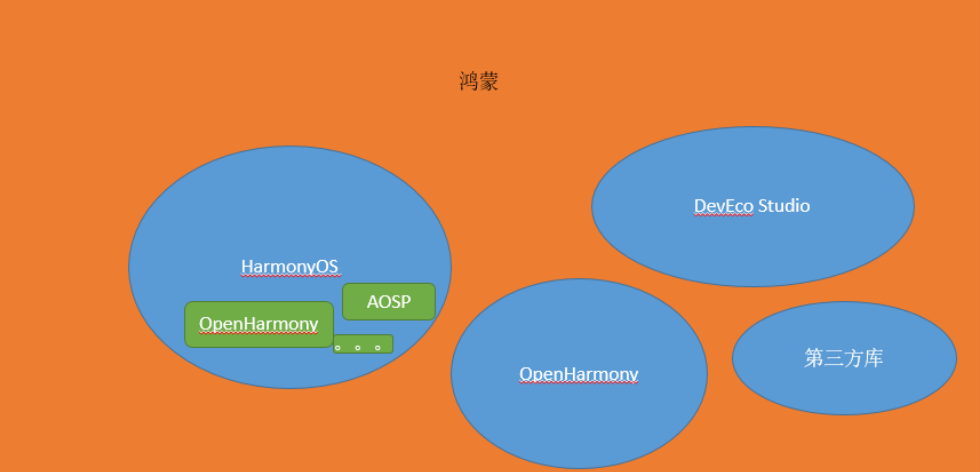
5. When to choose OpenHarmony or HarmonyOS?
If you’re just an application developer focusing on application development for end devices, then choose HarmonyOS. If you are interested in the technology underlying HarmonyOS, want to learn about it, or want to contribute to HarmonyOS, then choose OpenHarmony. Of course, if you want to go further and do your own operating system, secondary development based on the OpenHarmony open source project is also a good choice.
harmonyos-tutorial directory:
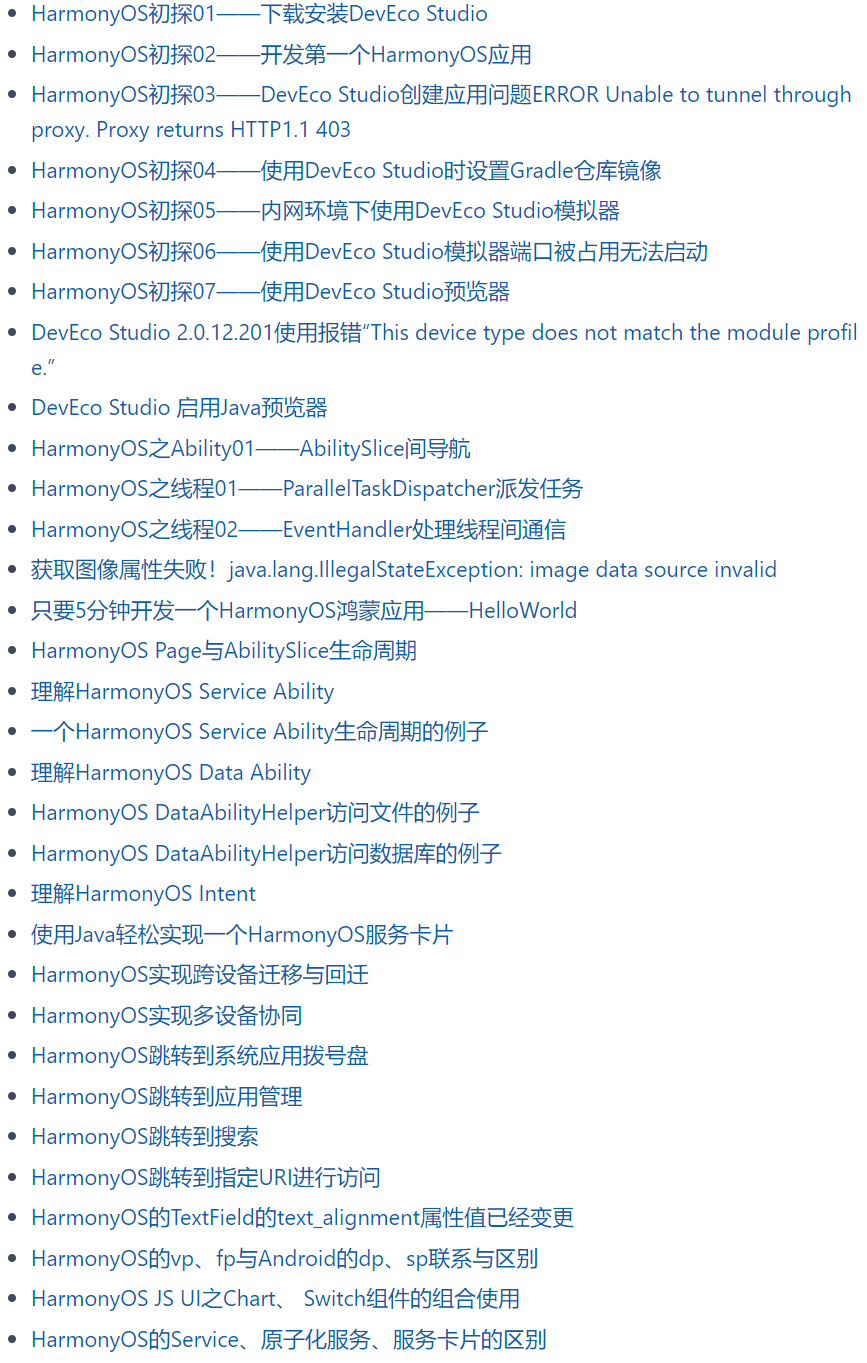
Example:
1. Download DevEco Studio
DevEco Studio is a one-stop integrated development environment for all scenarios and multiple devices of Huawei terminals based on the open source version of IntelliJ IDEA Community. For those who have used IDEA or Android Studio for development, That makes it easy for DevEco Studio to navigate.
Download address: Download HarmonyOS SDK_One-stop HarmonyOS DevEco Studio distributed application development platform – HarmonyOS application development official website
Installation tutorial: Huawei Developer Forum
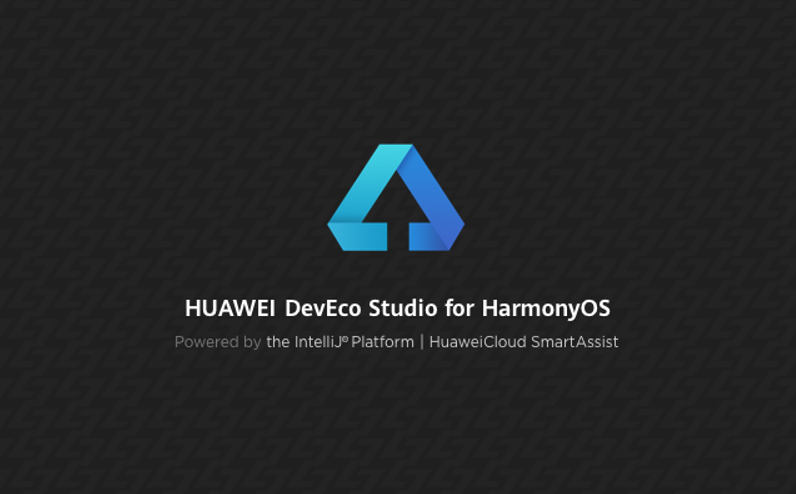
2. Download the emulator
Huawei developer authentication is required to download the emulator. Therefore, you need to register a developer account on developer.huawei.com
。
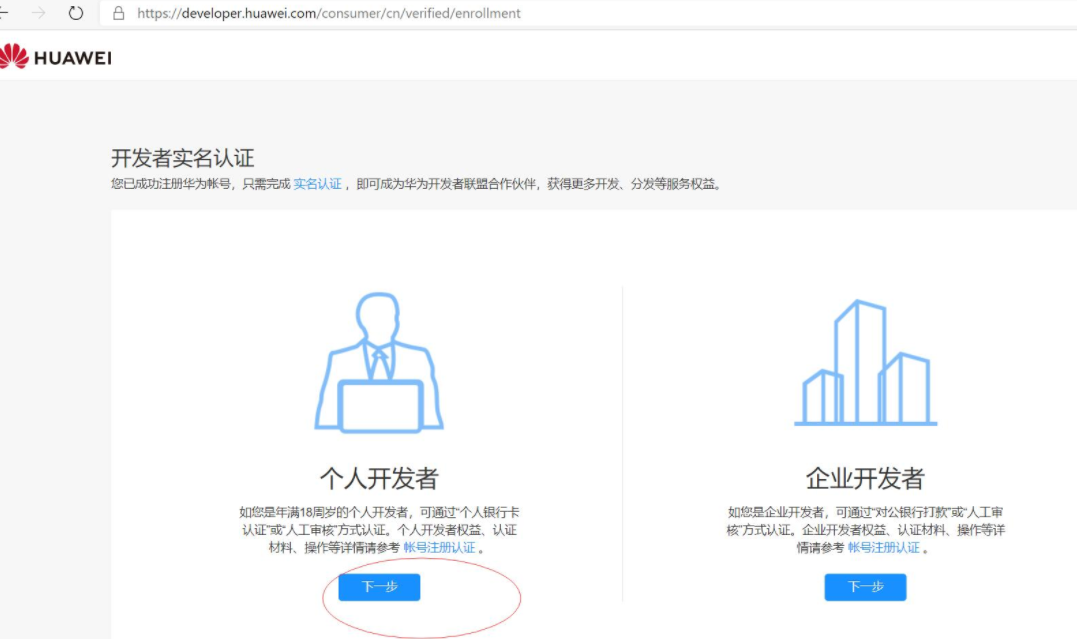
After certification, go to the development environment and enter the HVD Manager page to log in and download.
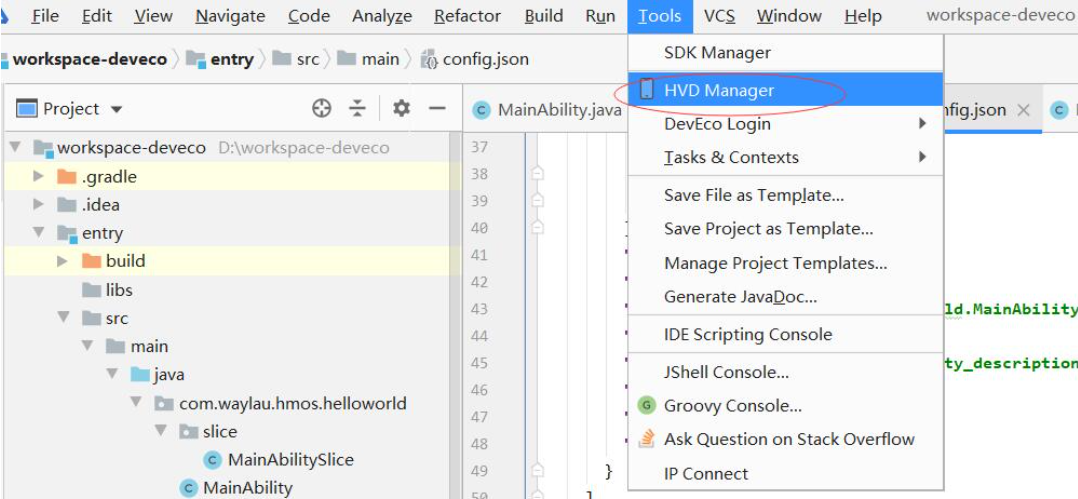
3. Write a simple program and run it
Create a blank template
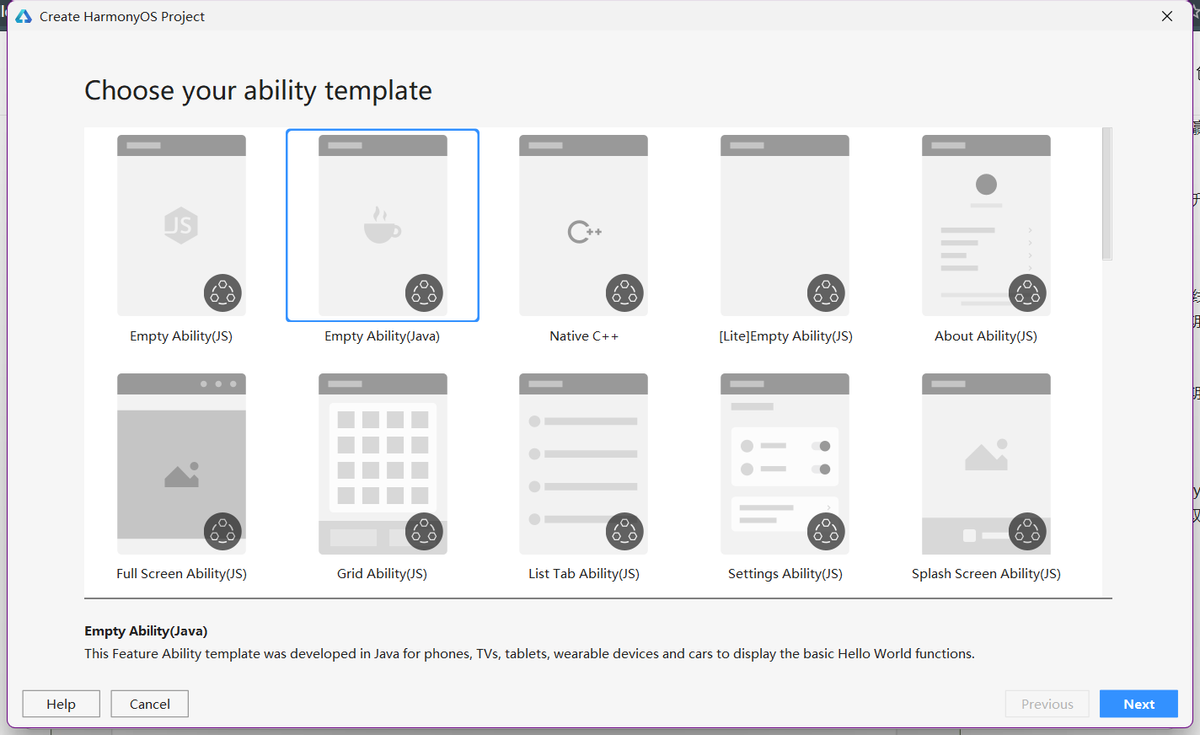
启动模拟器运行
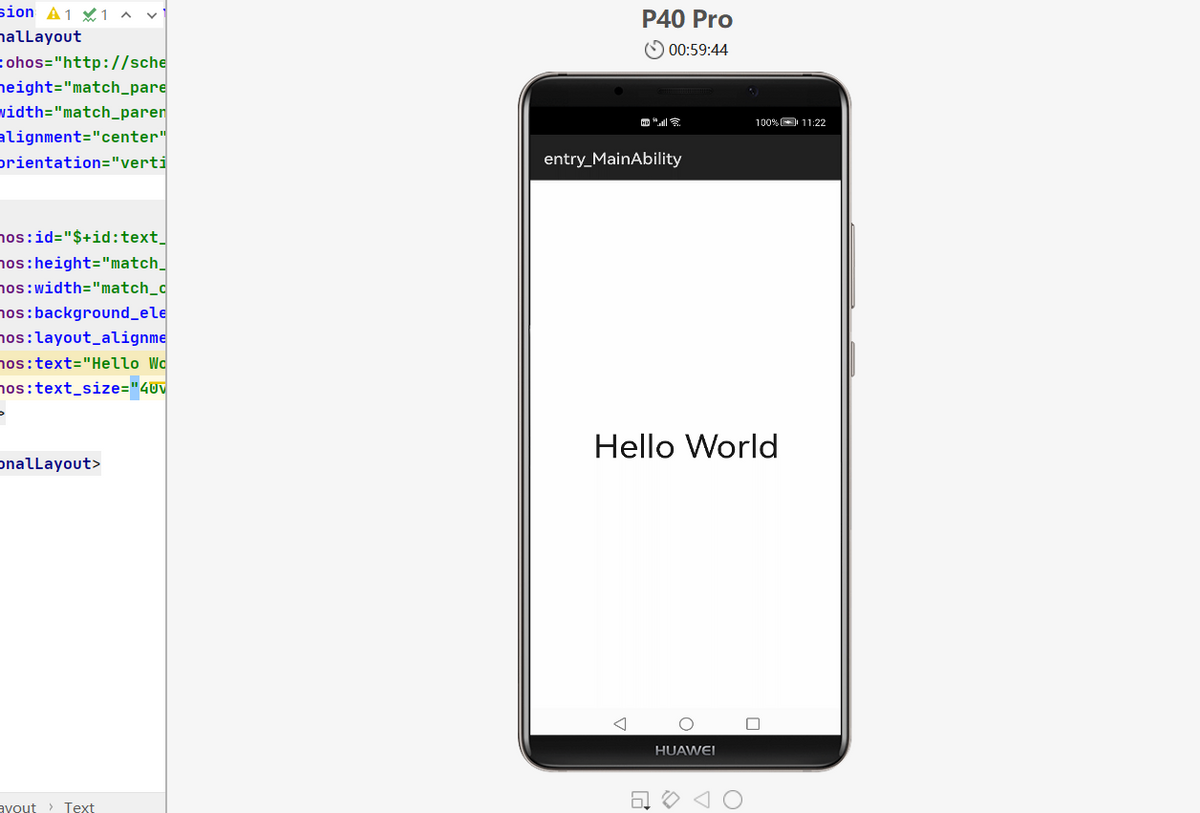
You can read more on your own.

